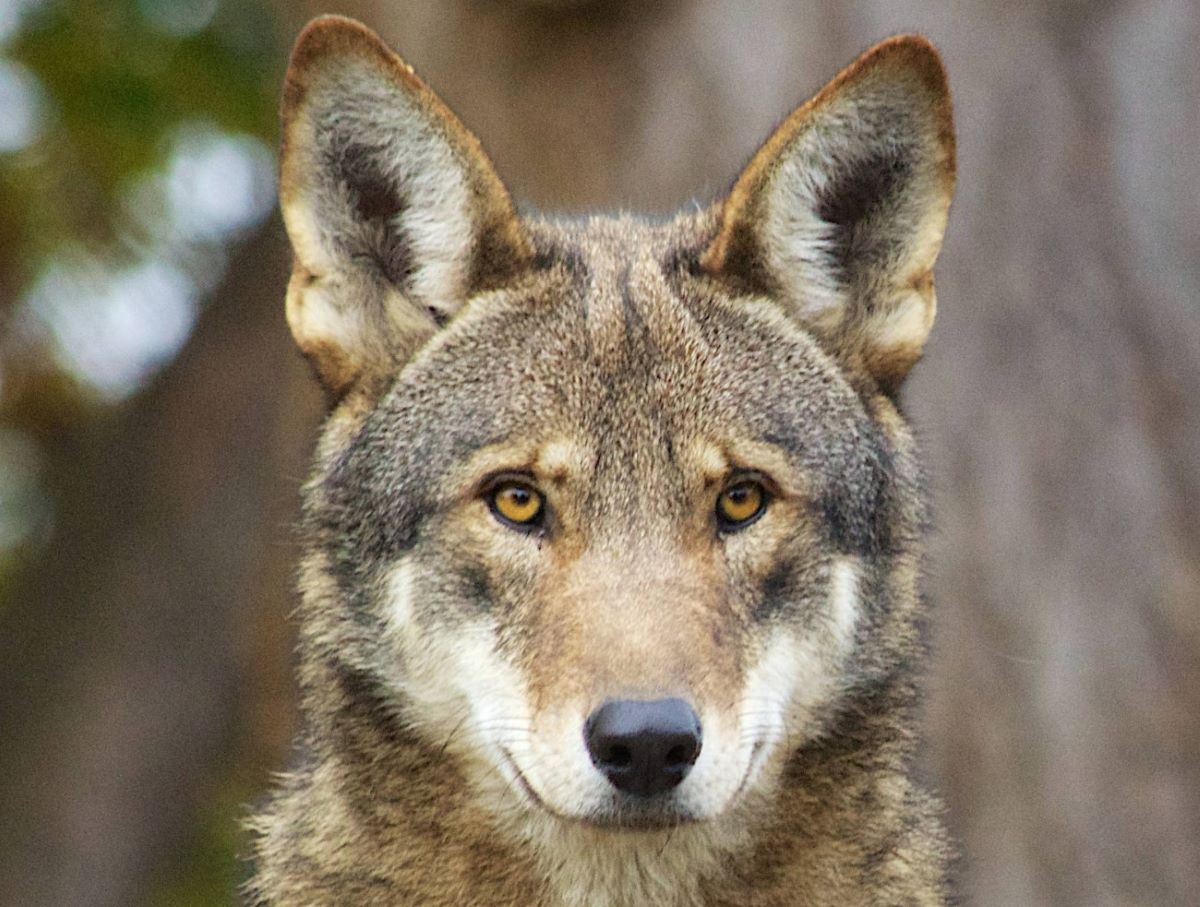
Endangered Species Day, celebrated the third Friday in May, recognizes gains in protecting endangered species and also is a call to conservation action.
To share the research on endangered species taking place at the North Carolina Museum of Natural Sciences, its researchers plan to discuss their work on red wolves, right whales, jaguars, black rhinos and black-footed ferrets.
Supporter Spotlight
The series of short presentations is scheduled to begin at 11 a.m. Friday, which is Endangered Species Day, in the museum’s SECU Daily Planet Theater and will be livestreamed on YouTube.
Dr. Roland Kays is head of the Biodiversity Research Lab at the museum, studies mammals and also teaches conservation at N.C. State University. He plans to present the findings of his study on eastern North Carolina’s endangered red wolf population.
Once common throughout the region, the intensive predator control programs and the degradation and alteration of their habitat in the early 20th century destroyed the red wolf populations, according to the U.S. Fish and Wildlife Service. Now the most endangered wolf in the world, the species was designated as threatened with extinction under the Endangered Species Preservation Act in 1967, when the service said it initiated efforts to conserve and recover the species.
“Today, about 15 to 17 red wolves roam their native habitats in eastern North Carolina as a nonessential experimental population, and approximately 241 red wolves are maintained in 45 captive breeding facilities throughout the United States,” the service states on its website.
Kays told Coastal Review that he is working on a project on the red wolves in eastern North Carolina, “where we evaluated their effect on the ecosystem by comparing how common other species of mammals were before and after the wolf population crashed.”
Supporter Spotlight
He said they found that most species increased in numbers when the red wolves declined, including competitors such as bears and bobcats, as well as prey including raccoons, deer and turkey.
“This shows how important it is to have apex predators on the landscape,” Kays continued. “Since our study the wolves have increased a little bit, starting having litters again, and have also been supplemented by additional captive releases.”
Hopefully they can not only survive but even thrive, to help maintain a balanced ecosystem in eastern North Carolina, he added.
Others to join Kays in the special presentation Friday include the following:
- Dr. Elizabeth Kierepka, senior research biologist with the museum and N.C. State.
- Dr. Mike Cove, research curator of mammalogy mammals and research associate at Smithsonian Conservation Biology Institute.
- Lisa Gatens, collections manager of mammalogy.
- Dr. Alex Jensen, postdoctoral researcher in the museum’s Biodiversity Research Lab.







